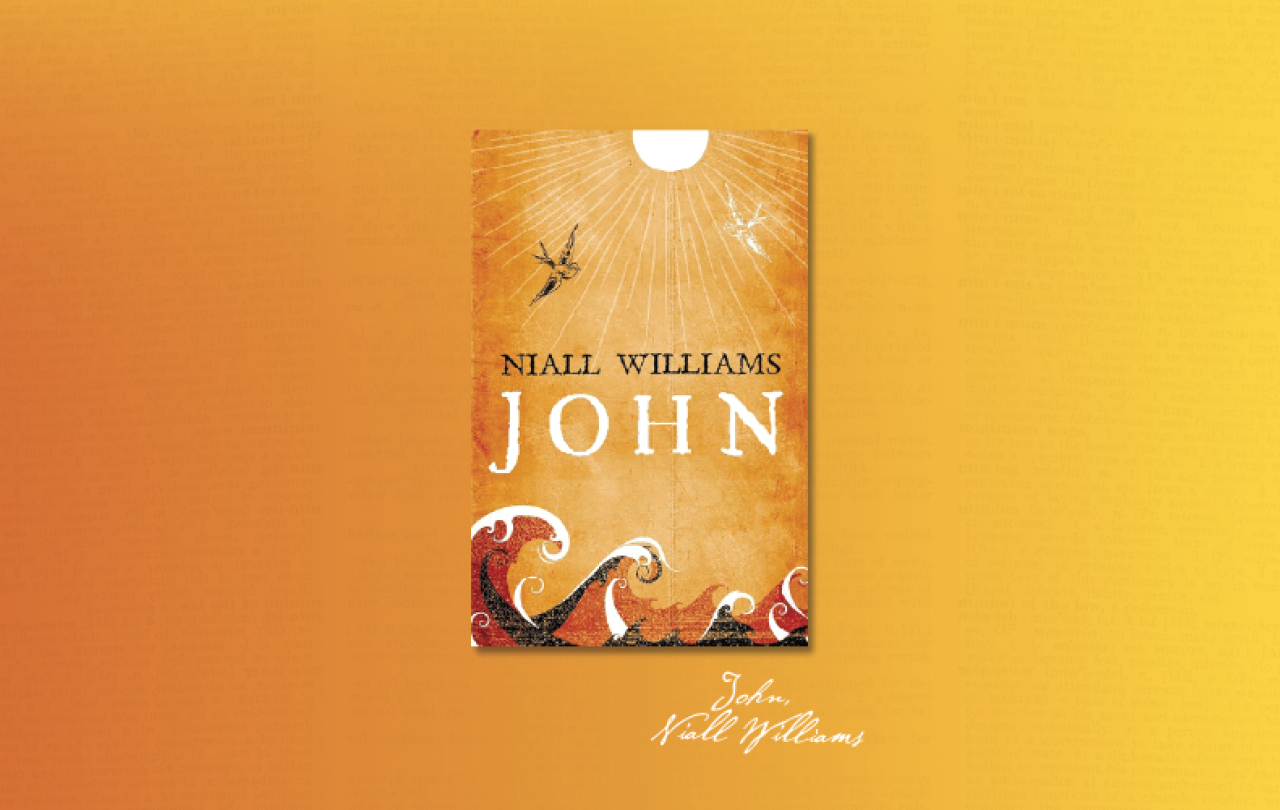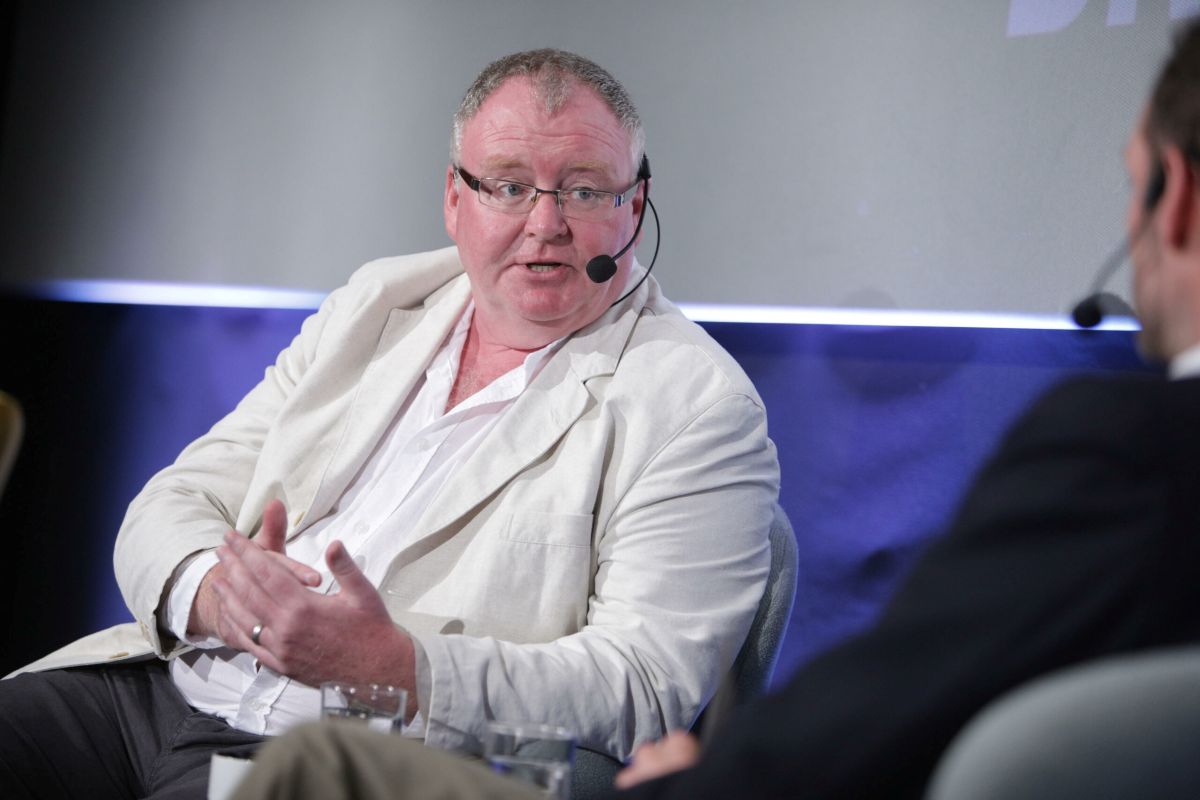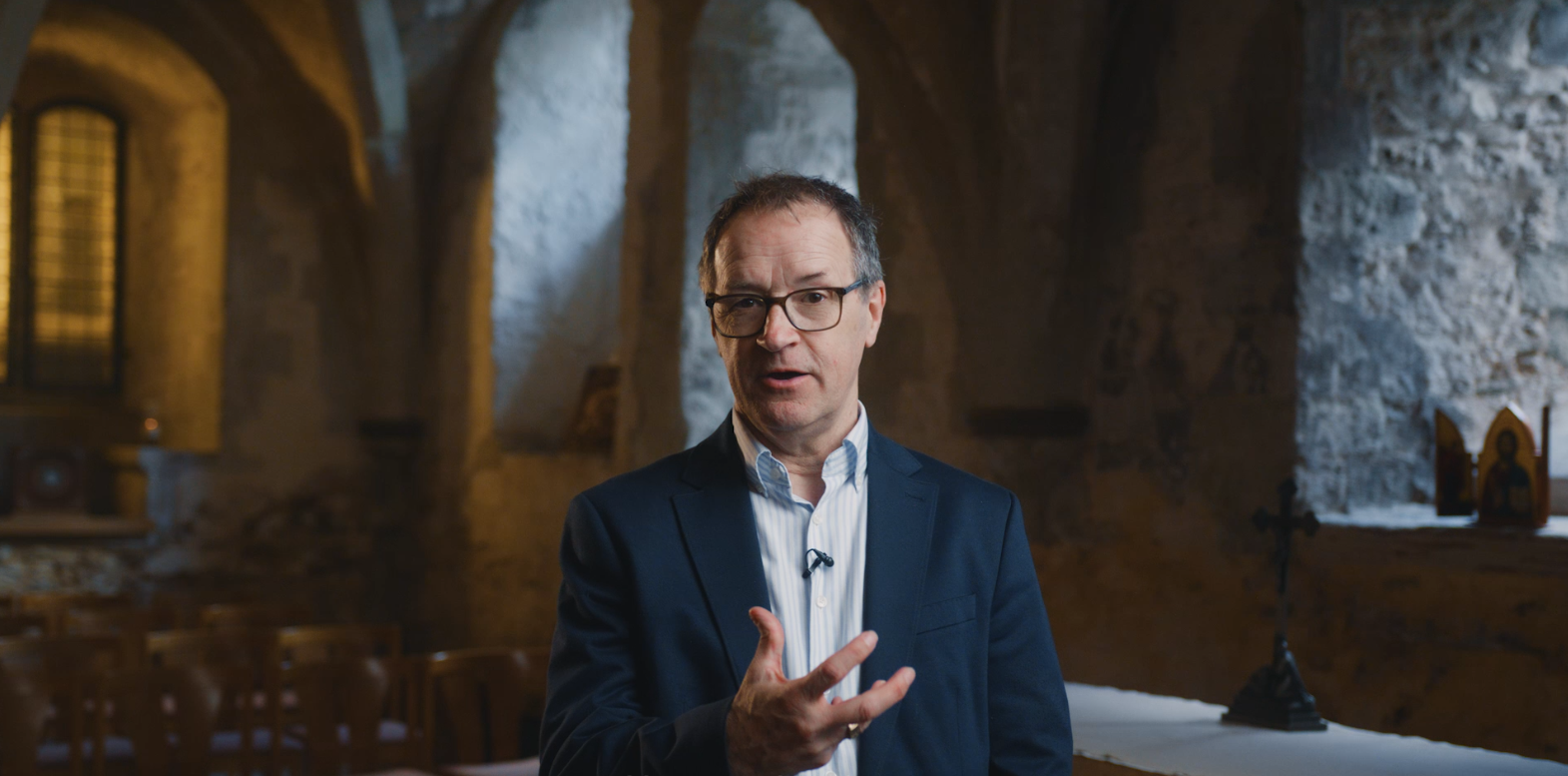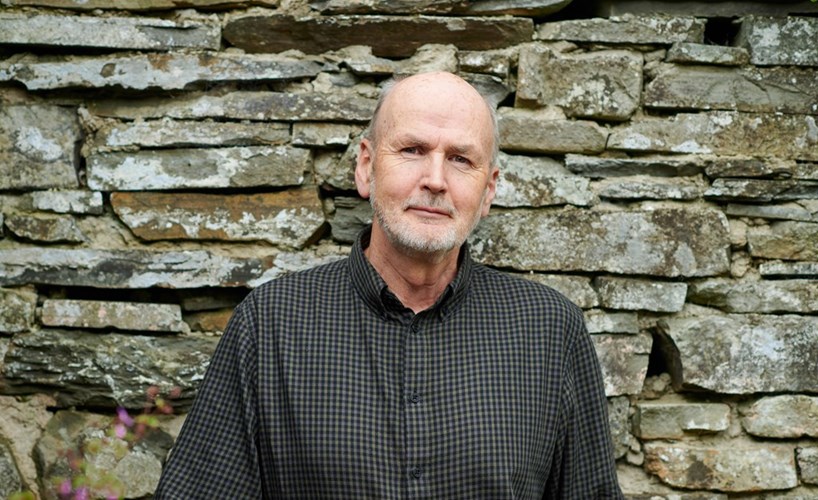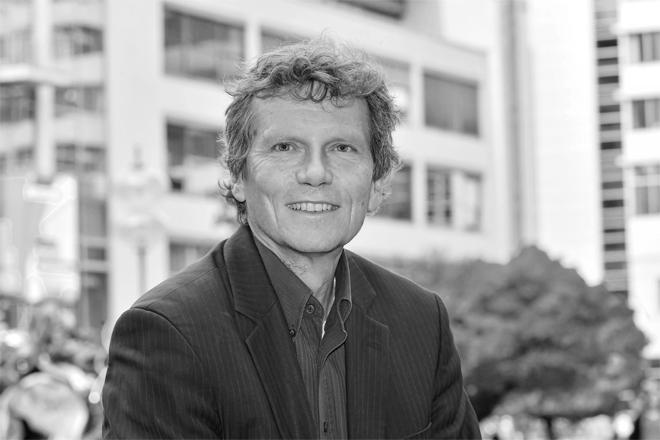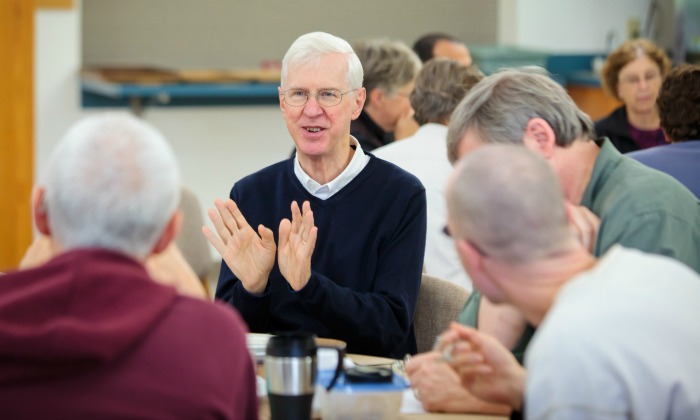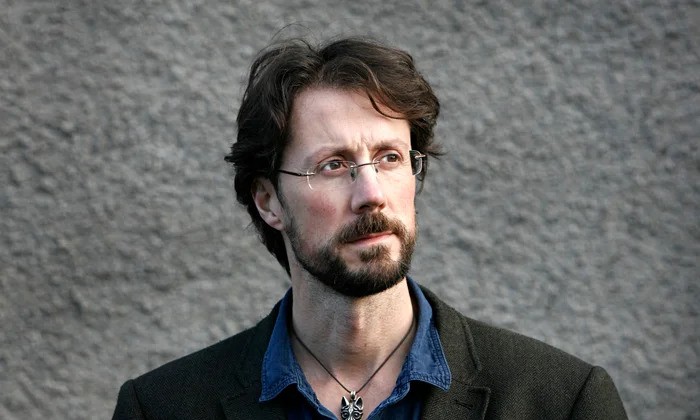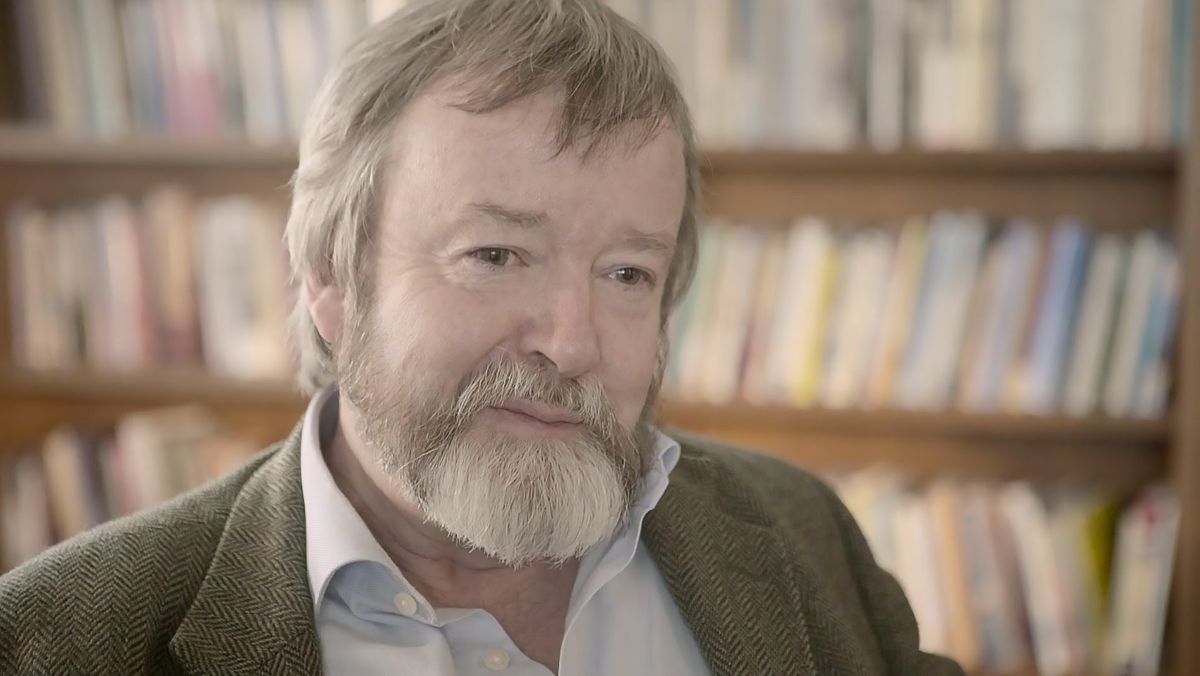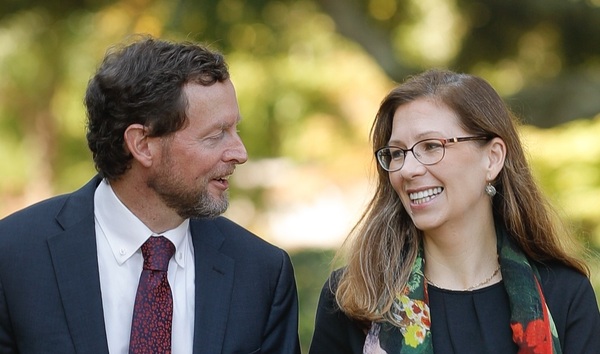
On a train from Cambridge to London, I sat down next to a smartly dressed woman who had her phone and laptop out on the small folding table. Of course, normal etiquette for early morning commuters is to maintain silence as much as possible, though this seems to be less and less the case these days. I closed my eyes, took a deep breath, exhaled and tried to clear my thoughts for the day ahead. All was well until the woman’s phone notification interrupted my meditations. The loud Microsoft tune blared throughout the carriage but especially in my ear. I thought she would frantically reach for her phone and apologetically switch it to silent or vibrate but she didn’t.
After five more successive notifications I put in my noise-cancelling headphones but even they couldn’t stop the distracting tune from reaching my ears. I tried to read but couldn’t and then thought I’d at least send some emails, but the notifications kept coming. It felt like her phone went off about fifty times over a fifty-minute train ride. I’m probably exaggerating but the effect was the same in that I was so distracted (and exasperated!) that I couldn’t get anything done.
There is something about even the smallest distractions that prevent us from finding our rhythm. Whether we’re trying to accomplish a task, playing a sport, gardening, reading, or whatever it is, distractions keep us from being able to focus our attention and the sum of our thoughts on what it is we are trying to do.
With so many distractions in our lives we are left with little chance of finding healthy rhythms and may even feel overwhelmed with a sense of exhaustion.
In an essay on education, French philosopher Simone Weil writes,
‘Quite apart from explicit religious belief, every time that a human being succeeds in making an effort of attention with the sole idea of increasing his grasp of truth, he acquires a greater aptitude for grasping it, even if his effort produces no visible fruit.’
Her point is that intellectual and spiritual growth comes from an ability to focus our attention and to contemplate the things which we can comprehend and those which we are yet to understand. Progress is not simply about how much work we put in, or how much effort we put in, but how much attention we pay to all that we set out to do.
The difficulty in this digital age, however, is that we can struggle to find any kind of uninterrupted time in daily life. The internet and our devices have so permeated our lives that they create a world besieged by distractions to the point where life becomes merely a series of interruptions. Countless notifications, emails, social media or messaging apps all reduce our ability to concentrate for any significant length of time. With so many distractions in our lives we are left with little chance of finding healthy rhythms and may even feel overwhelmed with a sense of exhaustion.
In her Seen & Unseen article on ‘bed-rotting’, Lianne Howard-Dace writes of the recent trend of taking a day of self-care by staying in bed. She raises the important issue of sabbath rest and the biblical discipline of taking one day a week to cease from our work in the world. She also raises questions of how we might go about incorporating that rest into our lives. The discipline of keeping sabbath should also incorporate the practice of attention and cultivating our ability to be present with God and with others. This was the original rhythm of sabbath that God established in creation and when he later gave Israel the sabbath.
To inhabit sabbath time is to break from our daily routines, to cease from our work in the world so that we might find both mental and physical refreshment.
There are two key moments in the Bible that first describe the rhythm of sabbath rest. The first is in the beginning of Genesis when God creates the heavens and the earth in six days. He ceases from all his work on the seventh day when he consecrates time and rests. The second is the Exodus when God delivers the people of Israel from slavery in Egypt. He leads them through the Sinai Peninsula and establishes in them a new rhythm for life.
In the Exodus story we’re told that God is like a father caring for Israel his ‘firstborn son’ as the former slaves adjust to their newfound freedom. He provides them with manna, or heavenly bread, that sustains them in their forty years of wandering. The gift, however, is followed by a command that the people should gather manna for six days as they travel through the desert but on the seventh day they are to rest from all their work. The Lord will provide their bread for that day, but the people are to cease from all activity and rest.
It's hard to imagine how many distractions they faced trying to set up and take down tents whilst moving family, flocks and possessions across the desert. Yet God wants to give these former slaves a new pattern, a new rhythm of life that will refresh them. The backbreaking labour in Egypt that never ceased is now replaced by a rhythm of work and rest.
God establishes one day for his people to pause, to reflect and to turn their attention away from their work in the world to the beauty of the world they inhabit. As they cease from their work, they are able to be present with one another and attentive to the God who delivered them to freedom.
Jewish rabbi and professor Abraham Joshua Heschel writes:
‘The meaning of the Sabbath is to celebrate time rather than space. Six days a week we live under the tyranny of things of space; on the Sabbath we try to become attuned to holiness in time. It is a day on which we are called upon to share in what is eternal in time. To turn from the results of creation to the mystery of creation; from the world of creation to the creation of the world.’
To inhabit sabbath time is to break from our daily routines, to cease from our work in the world so that we might find both mental and physical refreshment.
To turn towards the mystery of creation on the sabbath and to experience God’s rest also requires that we turn away from distraction. The Israelites put down their work in the wilderness and the distractions of travel so that they could rest with one another. Though they didn’t have smartphones buzzing and beeping with notifications, I’m sure it was still a challenge to stop, to rest, and to be attentive to God’s holiness in time.
The Israelites celebrated sabbath rest together. Their consecrated time was a communal time of joy and celebration. This new rhythm given by God strengthened bonds in families and communities and brought a corporate sense of rest. By setting aside the concerns of work and the distractions of life, the Israelites became attuned to God and attuned to one another. This pattern for life, however, is sadly missing for many in our digital world today which can be a very lonely place for many.
We struggle to find a rhythm in our own lives because we can no longer be attentive amidst the distractions of our world.
Harvard sociologist Sherry Turkle’s compelling book, Alone Together, documents some of the experiences of young people who are always connected through social media and yet feel an immense sense of loneliness. She reflects on how digital technologies and social media affect our social lives and our ability to engage with each other face-to-face.
‘We fill our days with ongoing connection, denying ourselves time to think and dream. Busy to the point of depletion, we make a new Faustian bargain. It goes something like this: if we are left alone when we make contact, we can handle being together.’
A quick glance at the Pew Research Center’s survey insights on the effects of internet technologies offers eye-opening testimonies to some of their negative impacts. From your average person to experts in the field of neuroscience, many bear witness to the detriments the internet is having on their ability to think, concentrate and relate to one another. We may have had similar experiences. We struggle to find a rhythm in our own lives because we can no longer be attentive amidst the distractions of our world.
Keeping the Sabbath in the digital age is no easy task. The very thought of turning off our phones or stepping away from our devices might cause deep anxiety in some. But as we look back to the manna story, we recall the lessons that Israel learned in the wilderness ‒ to experience rest means to put down our work, to cease, and to trust in God’s provision.
Technology itself is not the problem. Technology that is used to manipulate our behaviour and leads to addictive tendencies is a problem. The question for many of us is are we allowing technology to destroy healthy rhythms in our lives that create anxiety and stress rather than rest? Sabbath offers a different form of behaviour modification. It establishes a ritual and a pattern in our lives to help cultivate attentiveness, rest, communion with others and worship.
This is not to say that we need to abandon all technology and go back to the agrarian ways of our ancestors (though sometimes I think I could use such a change!). It does, however, mean that the path to rest in the contemporary world requires us to step back and examine how technologies are influencing our physical and mental well-being. Practicing the sabbath opens our lives up to the rhythm God has established for his whole creation where we can stop, cease, and offer our deepest attention through a weekly ritual of celebrating holy time. We can step away from the incessant immediacy of doing everything now and take time to rest.
God never forces the gift of sabbath on people. Instead, he invites us to experience a new rhythm of life, a rhythm of work and rest where we are refreshed as we grow into the fullness of our humanity.
Establishing sabbath rituals takes time and effort. It’s hard work to rest well, especially when we’re constantly being pulled away by digital distractions. Yet the sabbath is the perfect antidote to a culture of now that can so easily consume us and keep us from experiencing God’s rest and refreshment. Sabbath offers us the rhythm of creation, the rhythm of the land and the rhythm that leads to wholeness and life.





